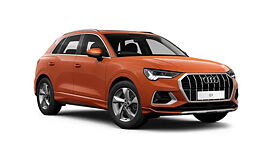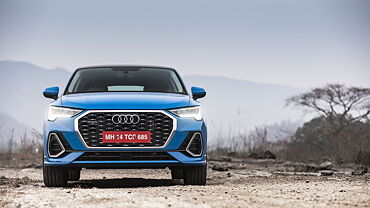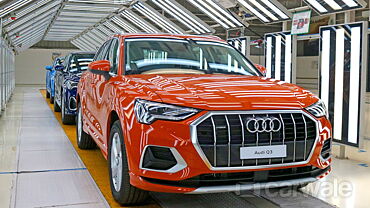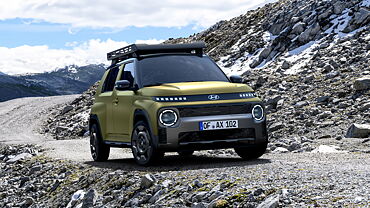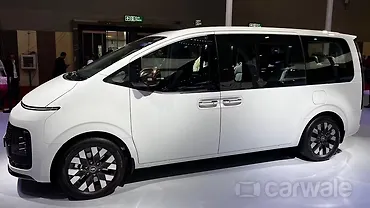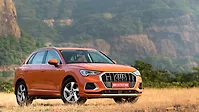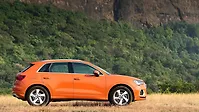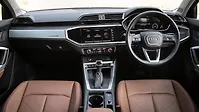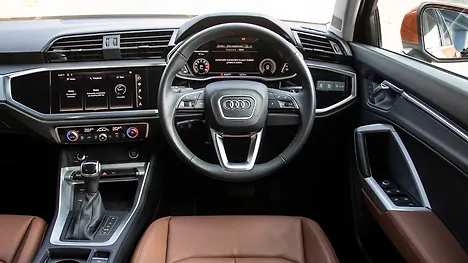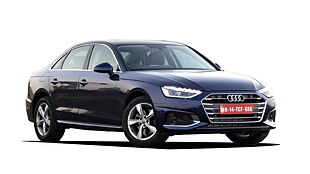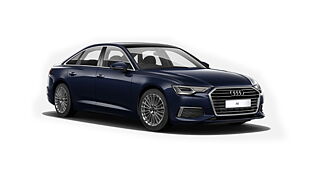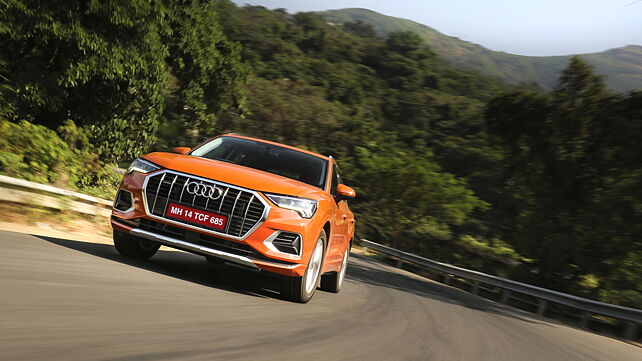
Audi returned to the premium small SUV segment earlier this year by bringing in the Q3 SUV in two variants, five colours and one petrol engine with AWD as standard across both trim levels.

The face of the Audi Q3 is dominated by the automaker’s single-frame grille, while the full LED headlamps get a unique three-slash pattern for the daytime running lights.

Coming to the profile, you can see flared wheel arches and 18-inch alloy wheels with a similar pattern across both variants. The other noticeable element is a strong shoulder line that expands at the rear.

At the rear, Audi has given the car elements like a chunky bumper, a thick line above the tail lamps and the rear spoiler for that little bit of extra sportiness. Like the headlamps, the tail lamps also get the same pattern around the edges.

The dashboard is dominated by two digital screens, and for the first time, the infotainment system is touch-enabled, running Audi’s latest touch MMI OS. The virtual cluster is a first for the Audi Q3.

The whole cabin has been trimmed out in a combination of beige and black. Buttons and controls are similar to the ones used in Audi cars, including the Q3, in the past.

There’s enough space for two occupants in the second row, with the third one getting lesser space due to the transmission tunnel, higher seat base and the presence of the rear AC vents.

Regarding safety, both versions have six airbags, auto parking technology, ABS with EBD, Hill assist technology, traction control and stability programme. Missing from the list is ADAS and a 360-degree camera.

Powering the Q3 is a 2.0-litre petrol engine producing 187bhp/320Nm and is mated to a seven-speed automatic transmission. Quattro AWD technology is standard on both the Technology and Premium Plus variants.

The 2.0-litre engine is peppy, revs smoothly and has a good amount of tractability making it effective for both city and highway driving. It also rides beautifully with the ease and ability of a ladder-on-frame SUV. Also watch:
The Audi Q3 rivals the Mercedes-Benz GLA, Volvo XC40 and BMW X1 in the entry-level premium SUV segment. It is expected to replace the smaller Audi Q2 in the German automaker’s line-up.
Photography: Kaustubh Gandhi

